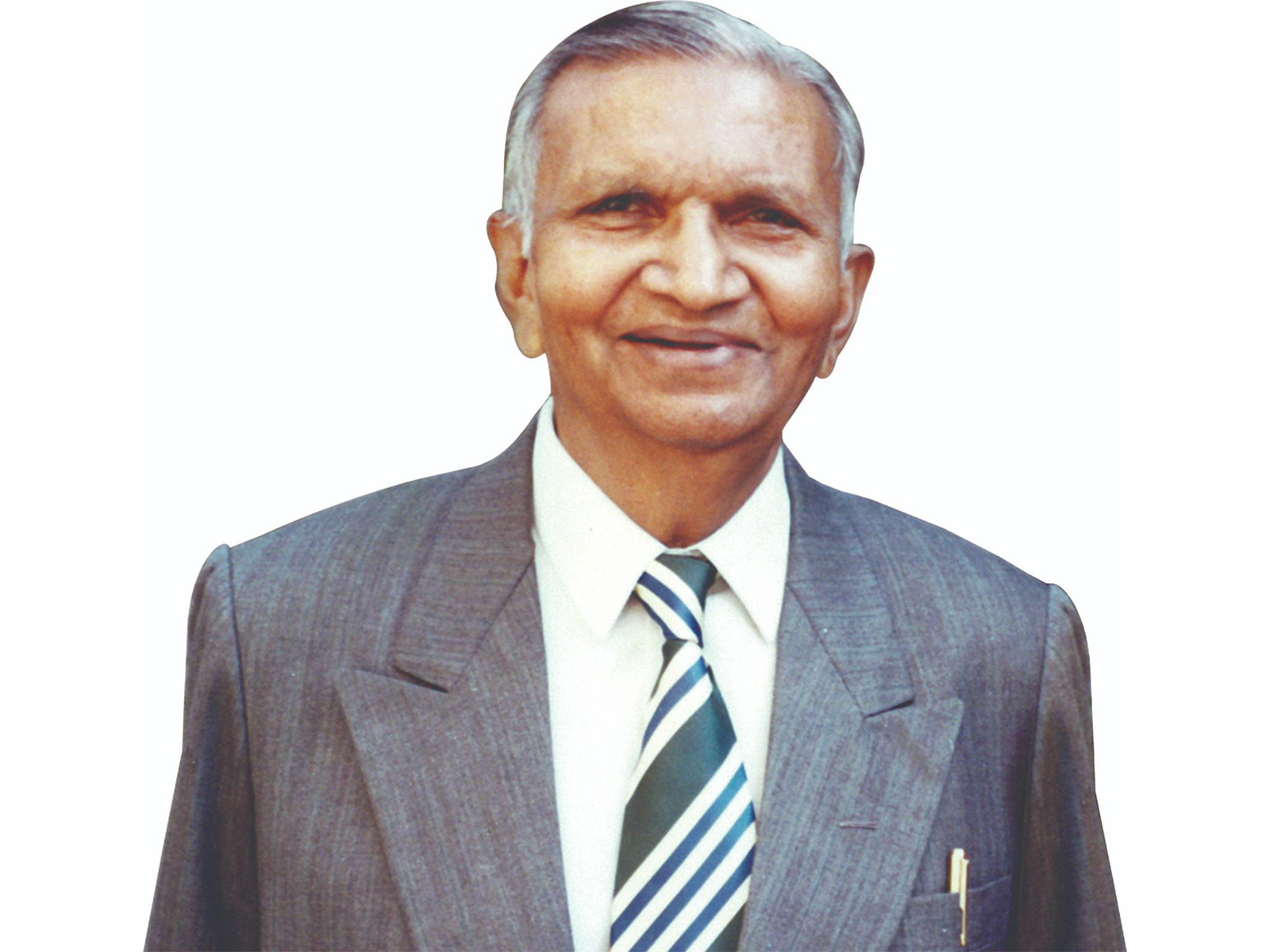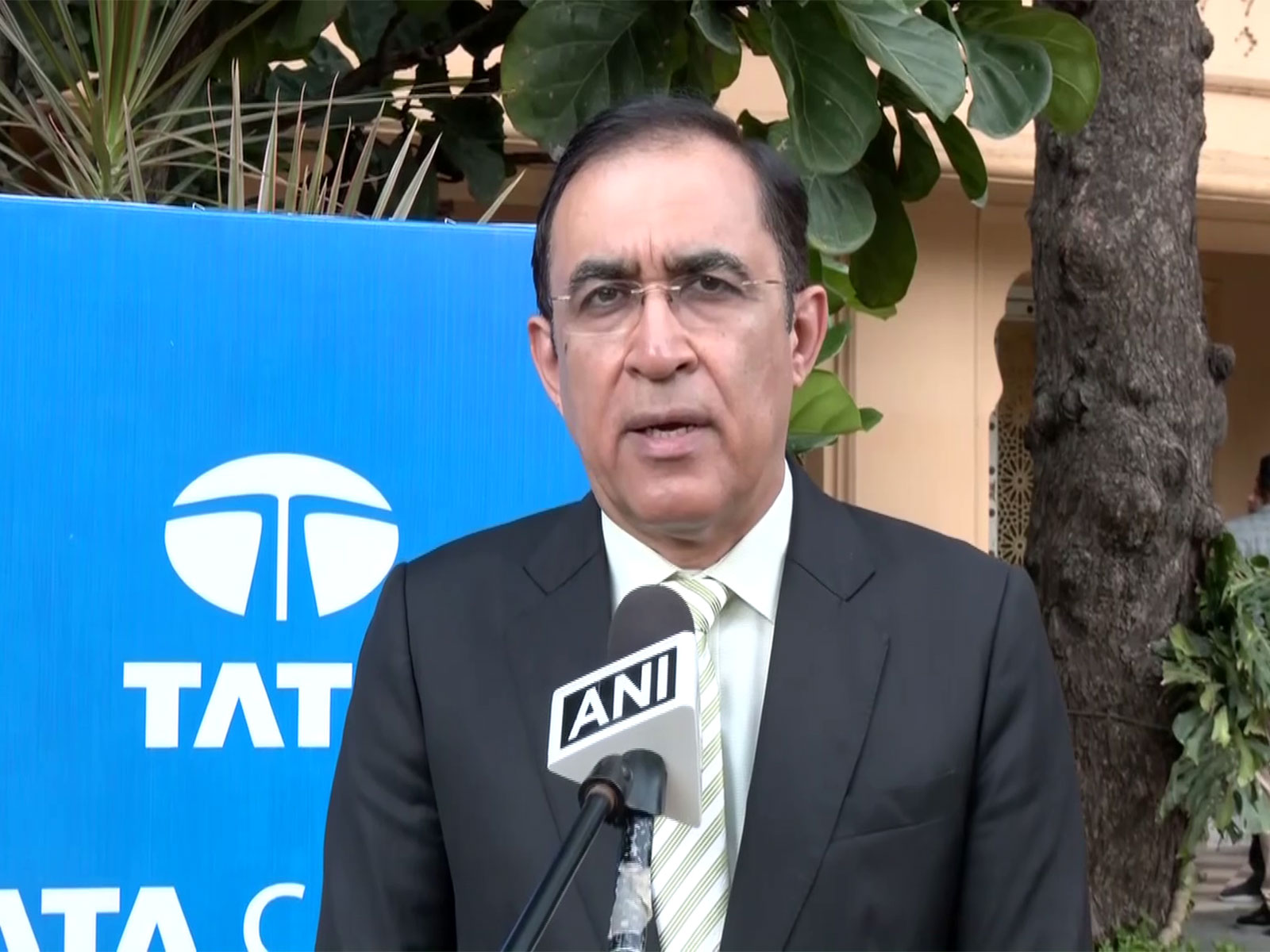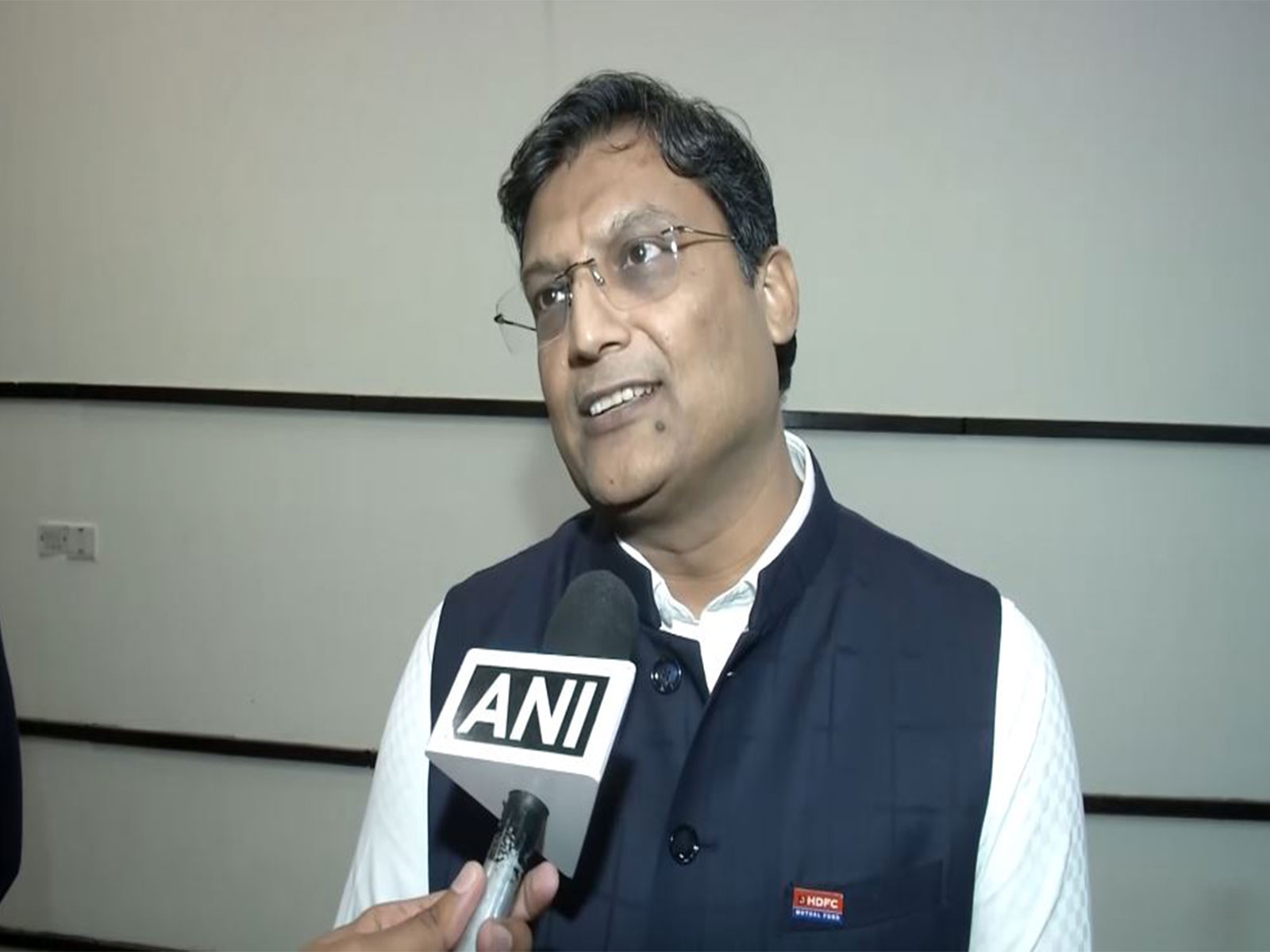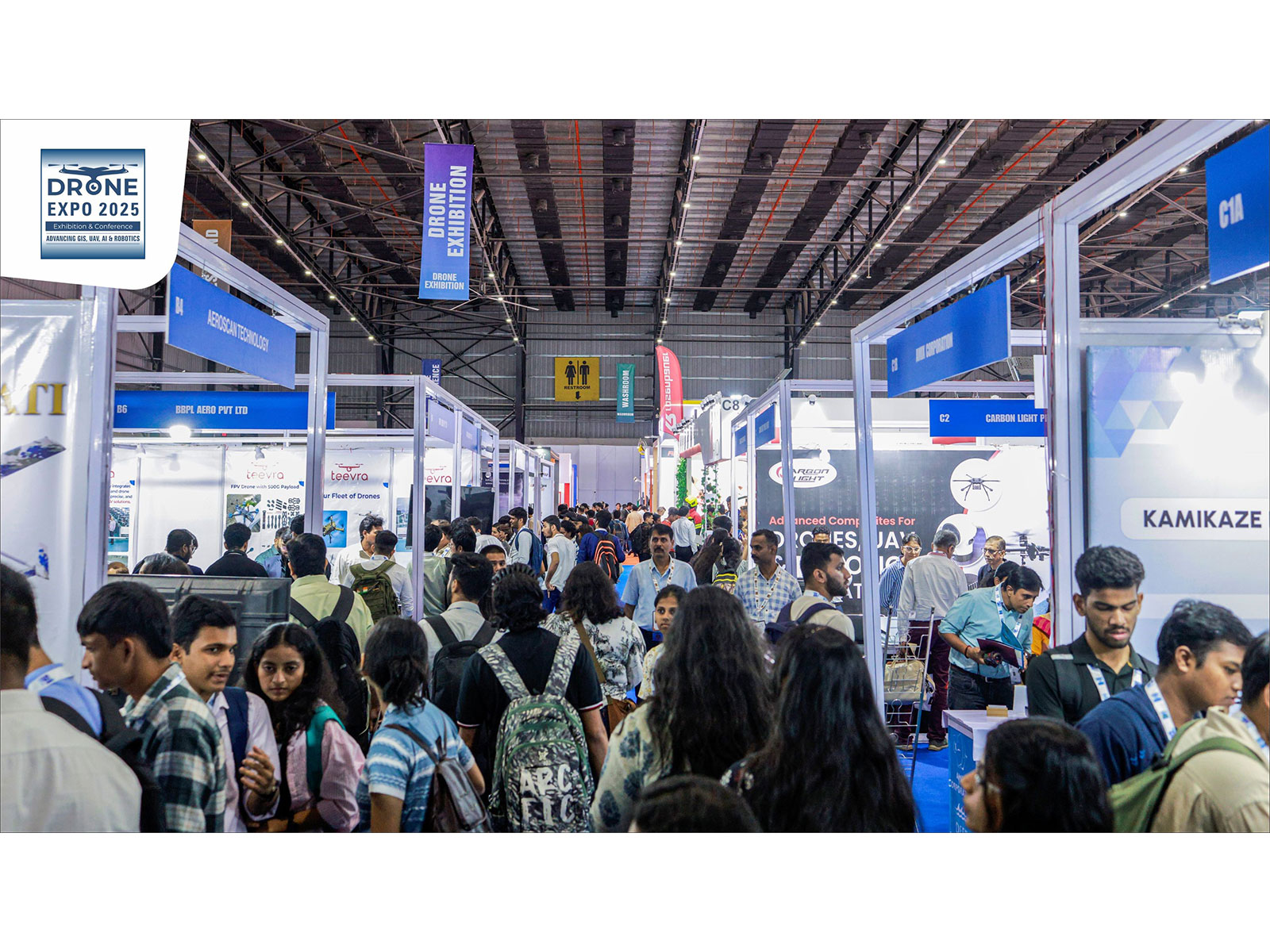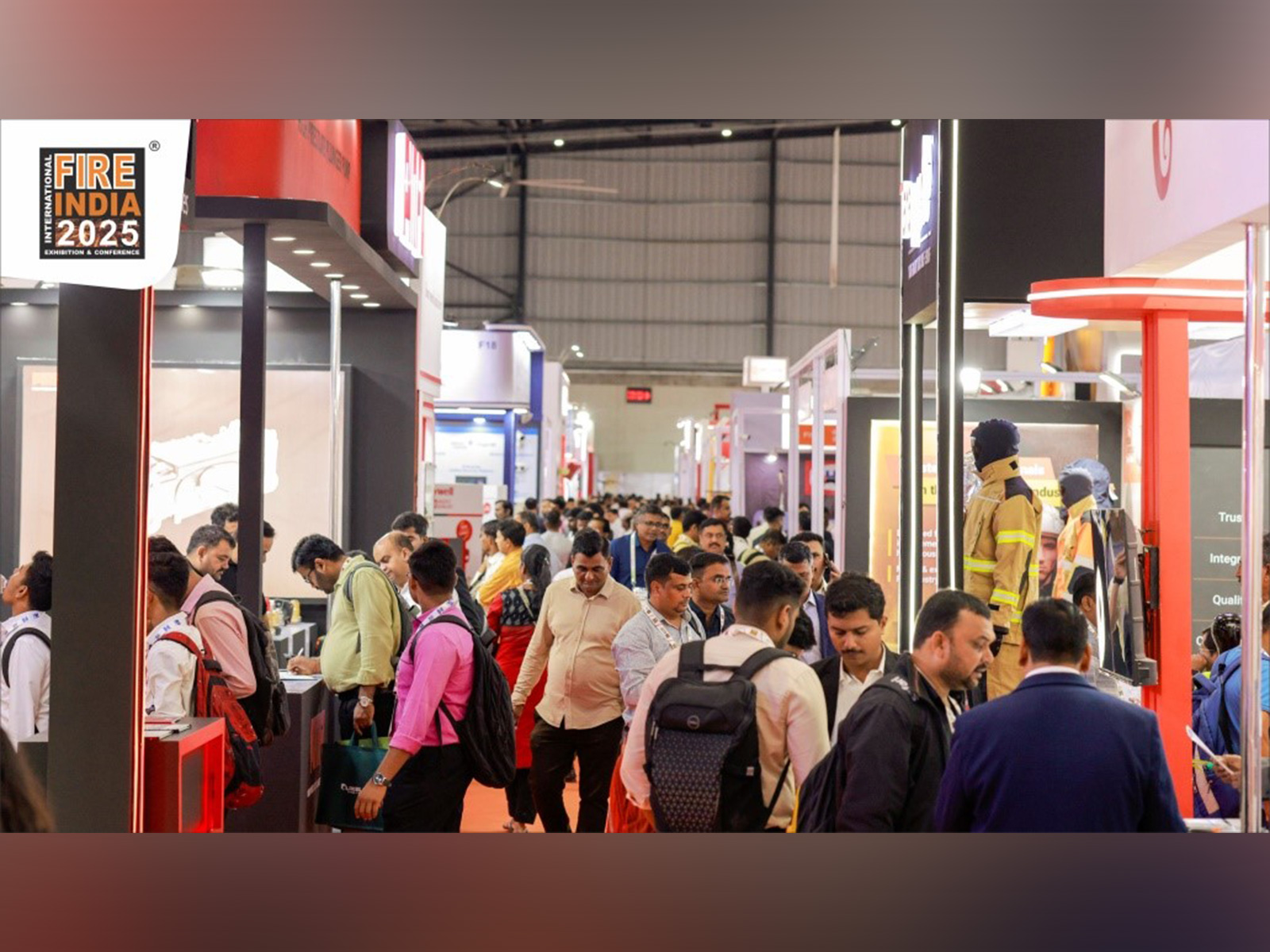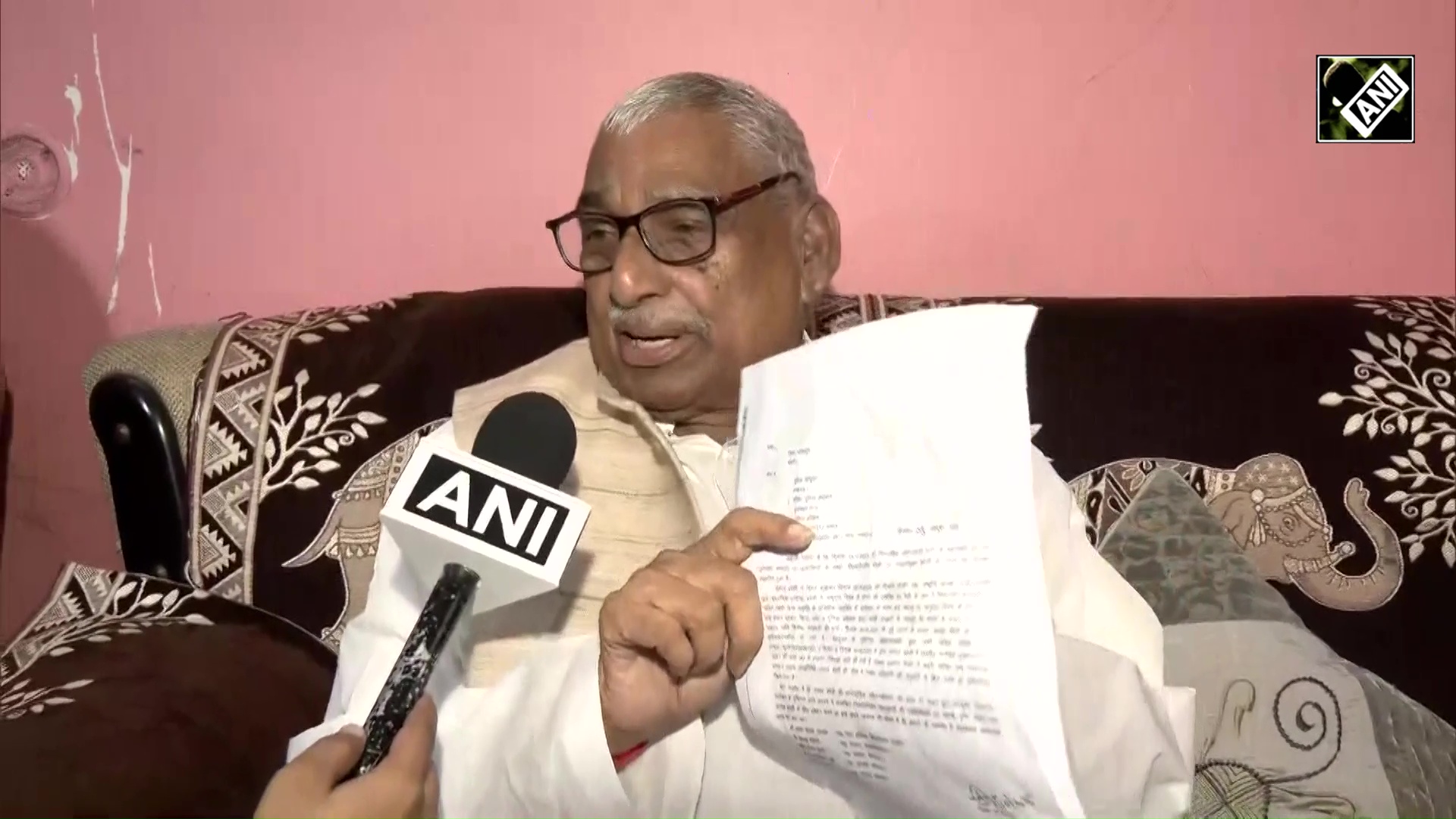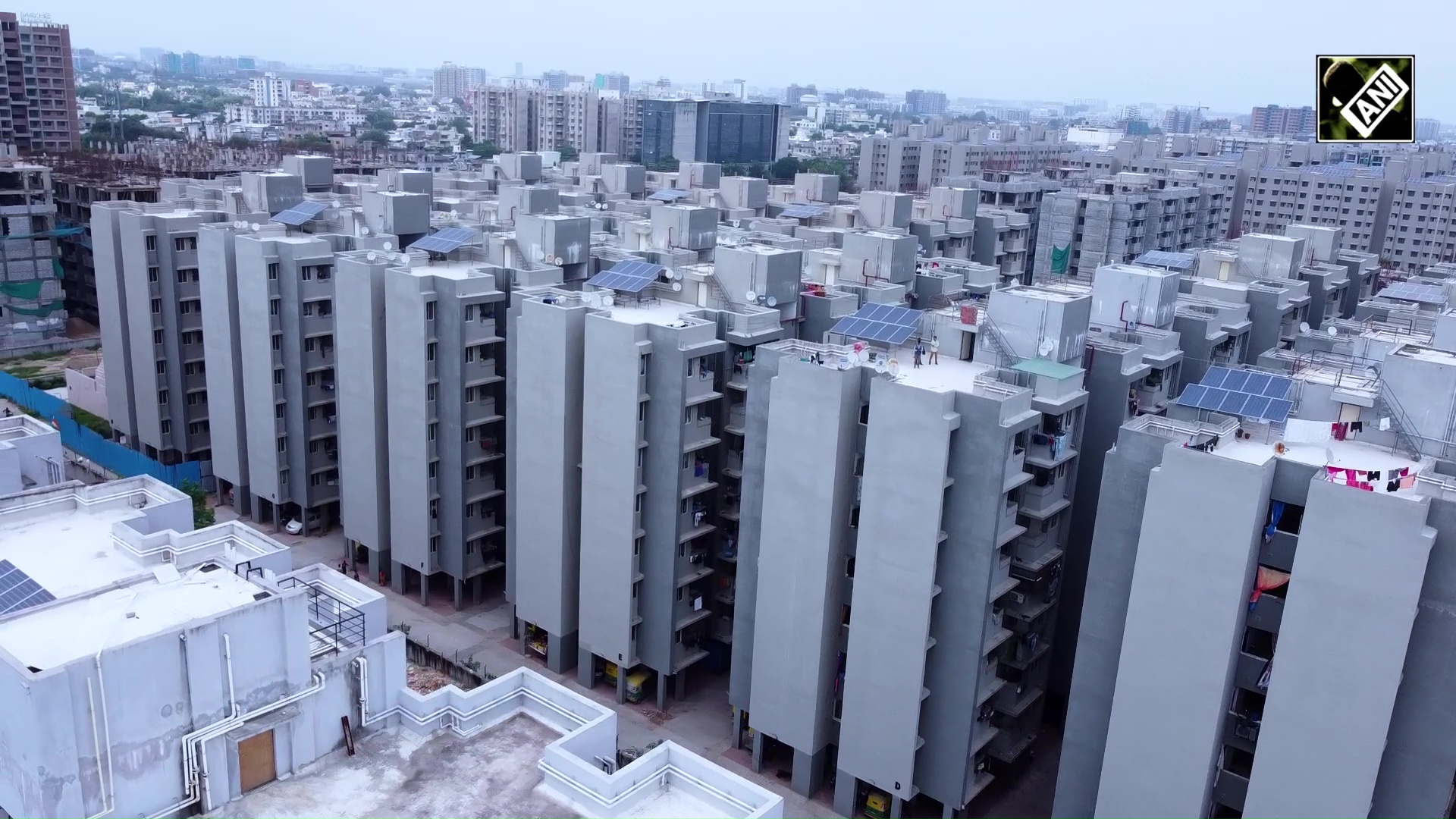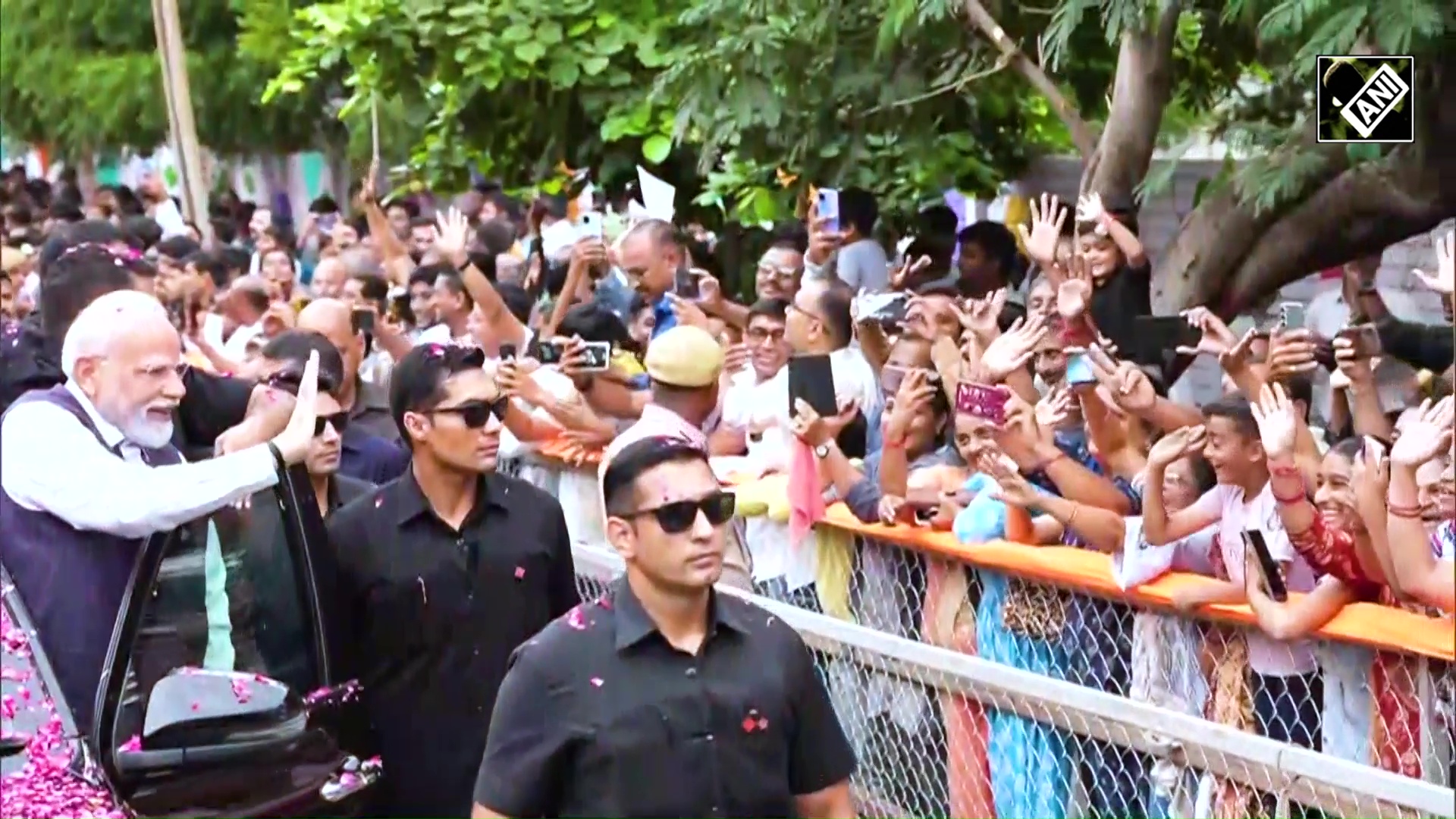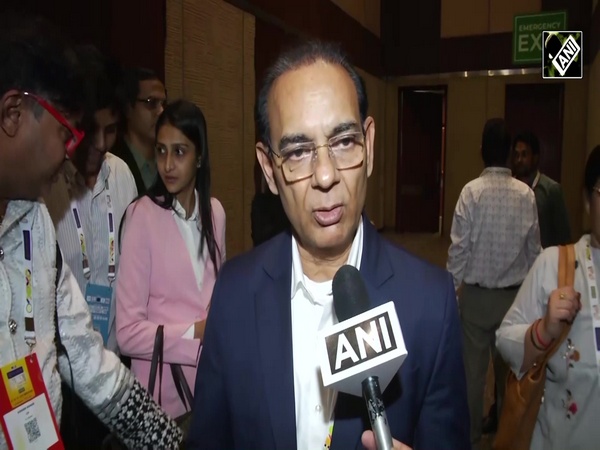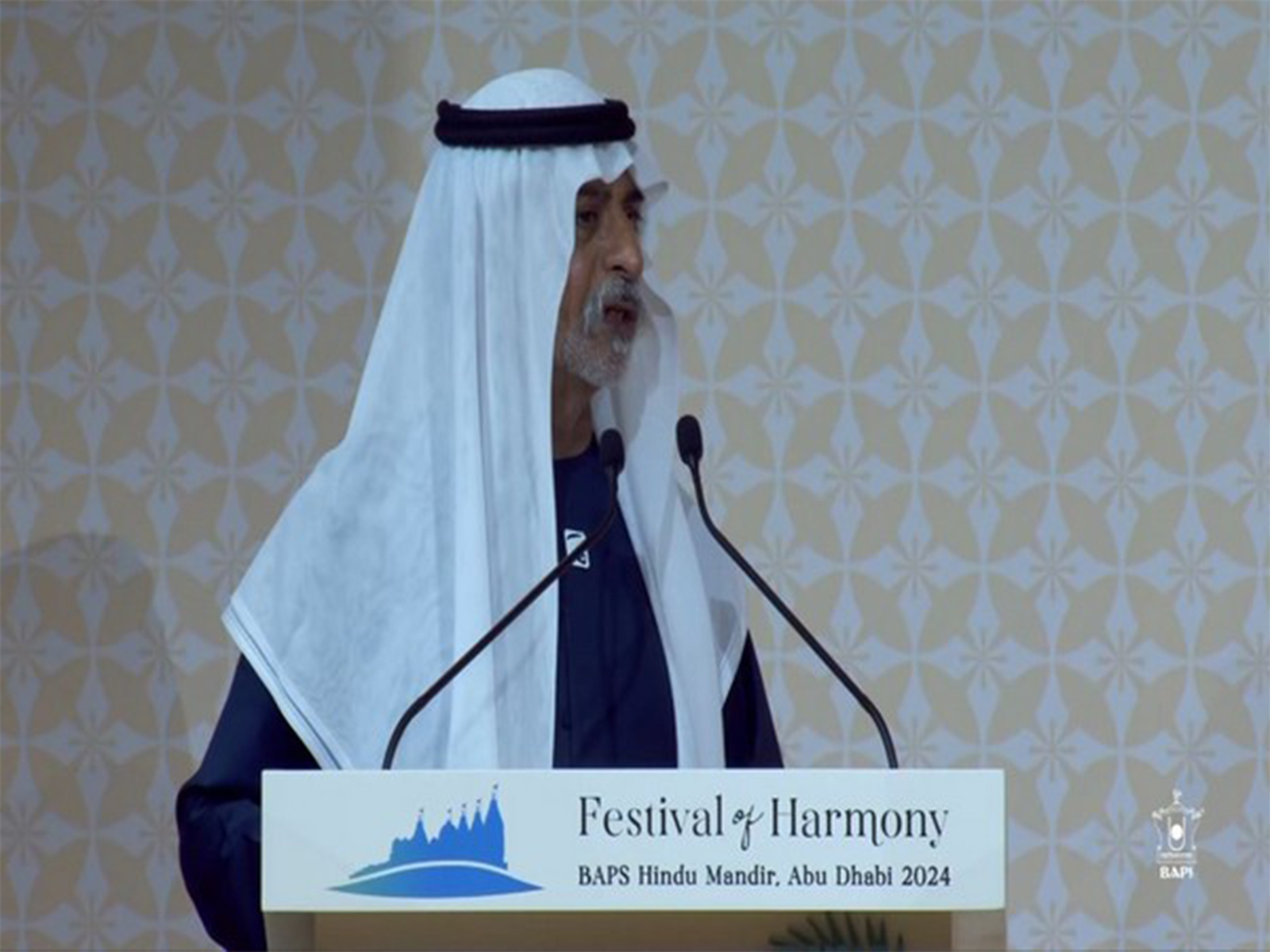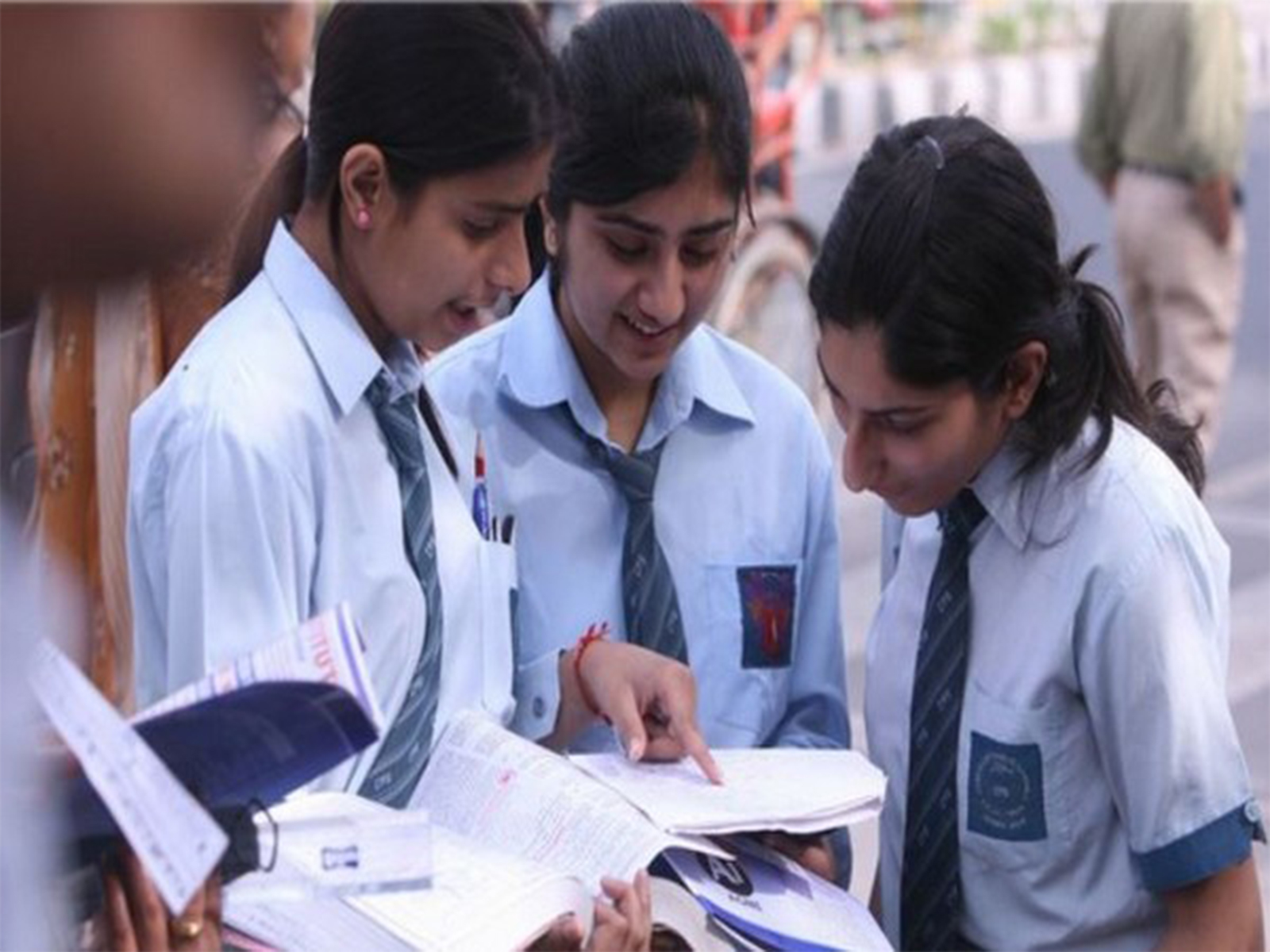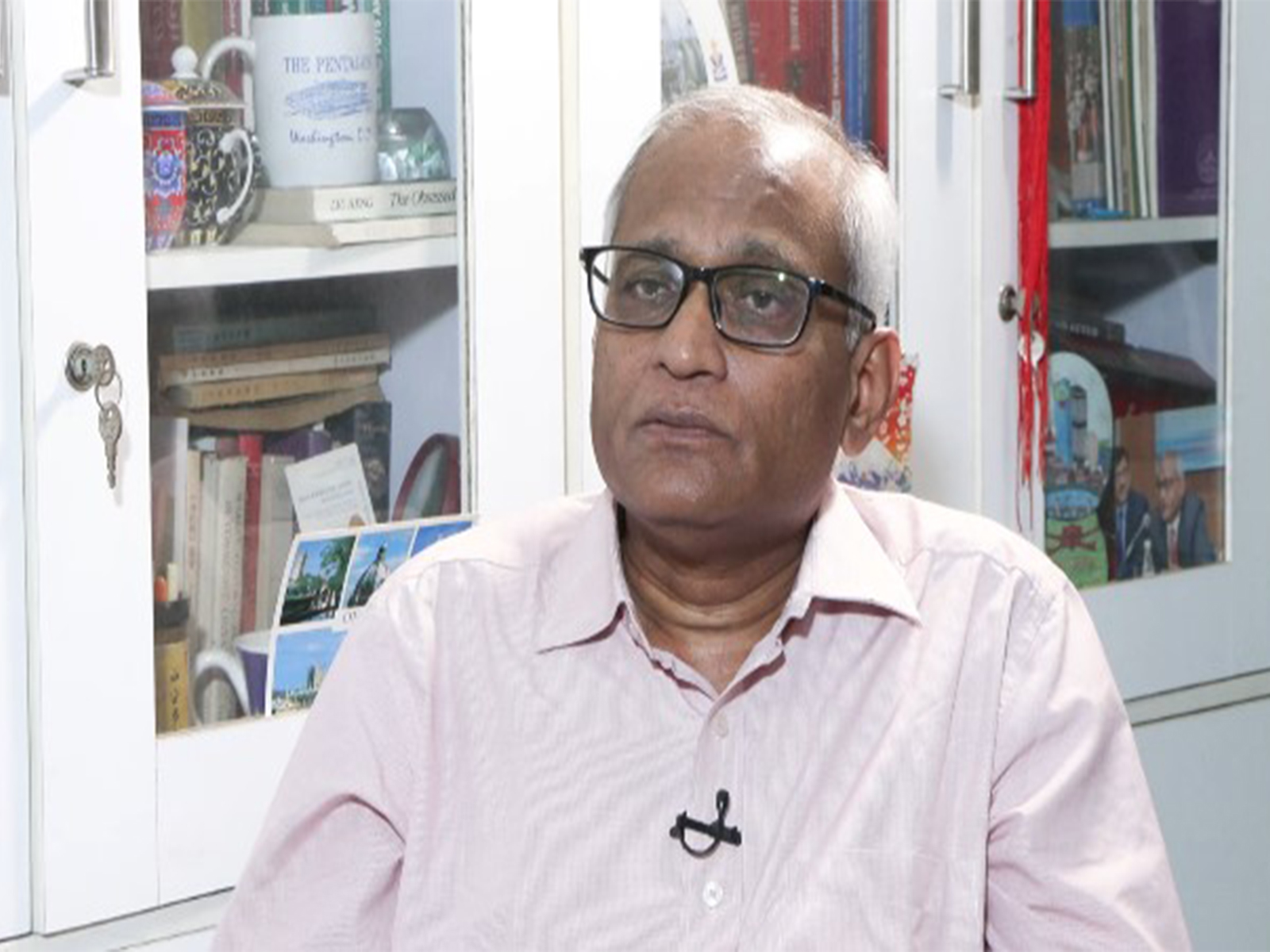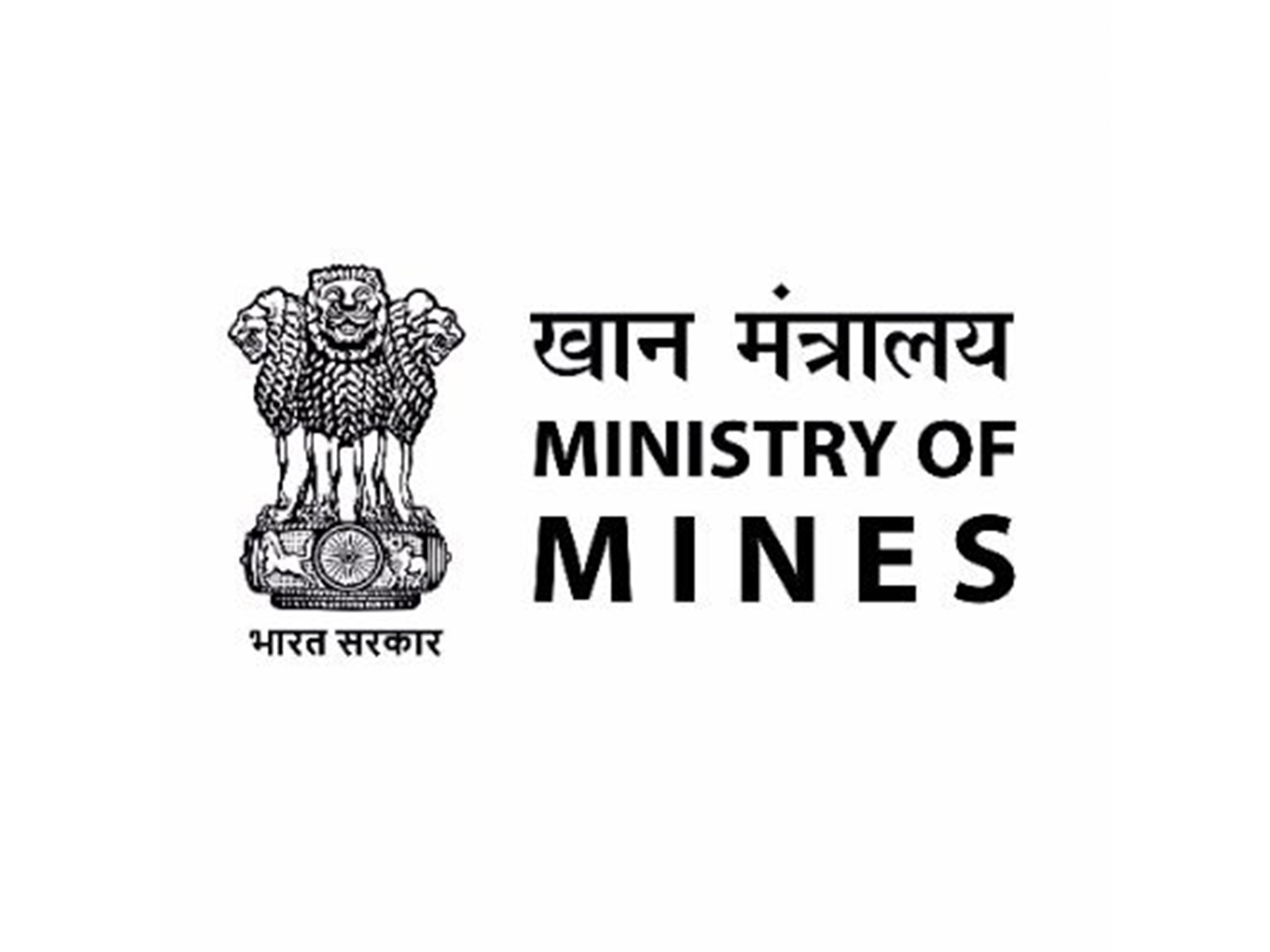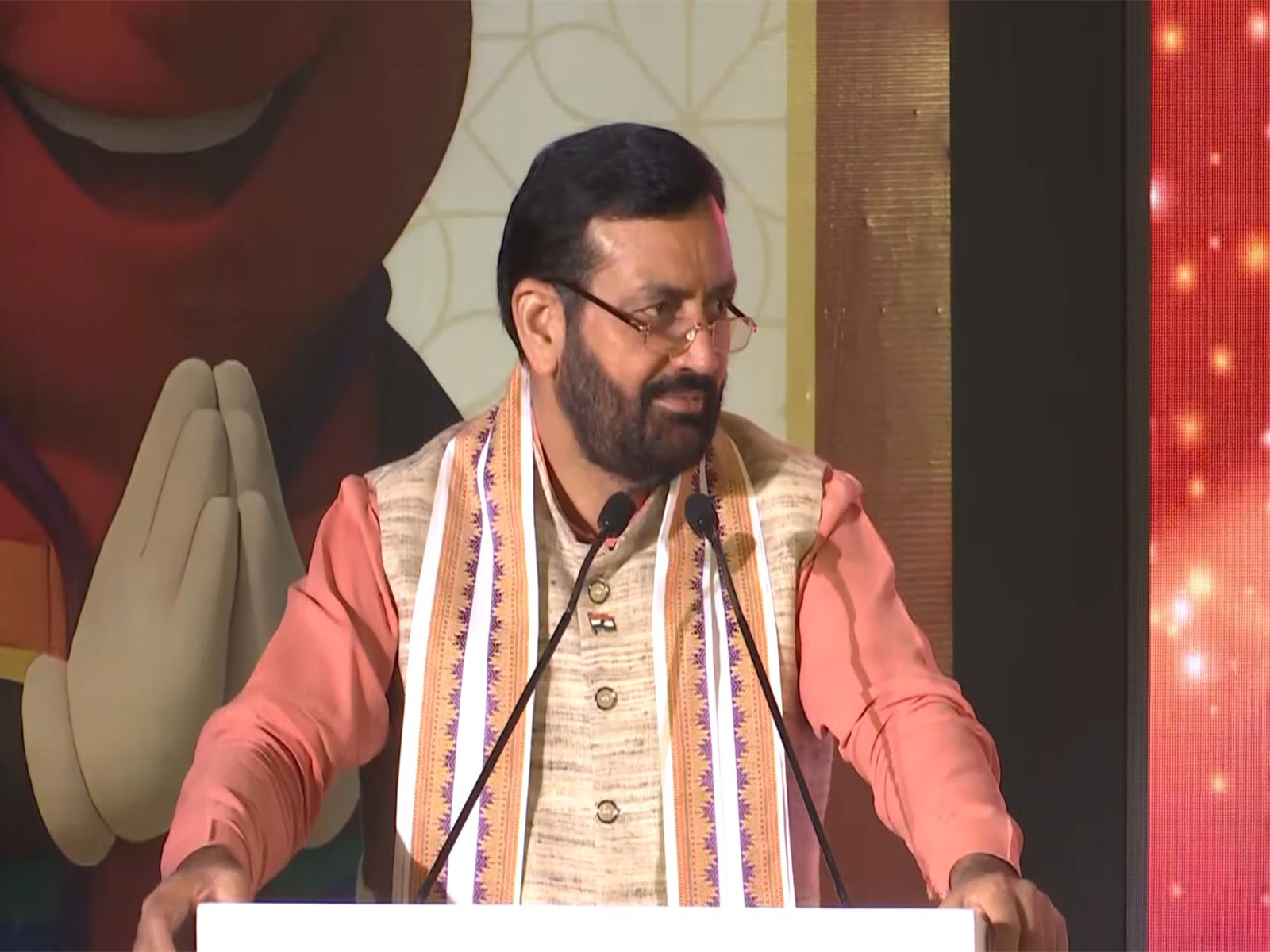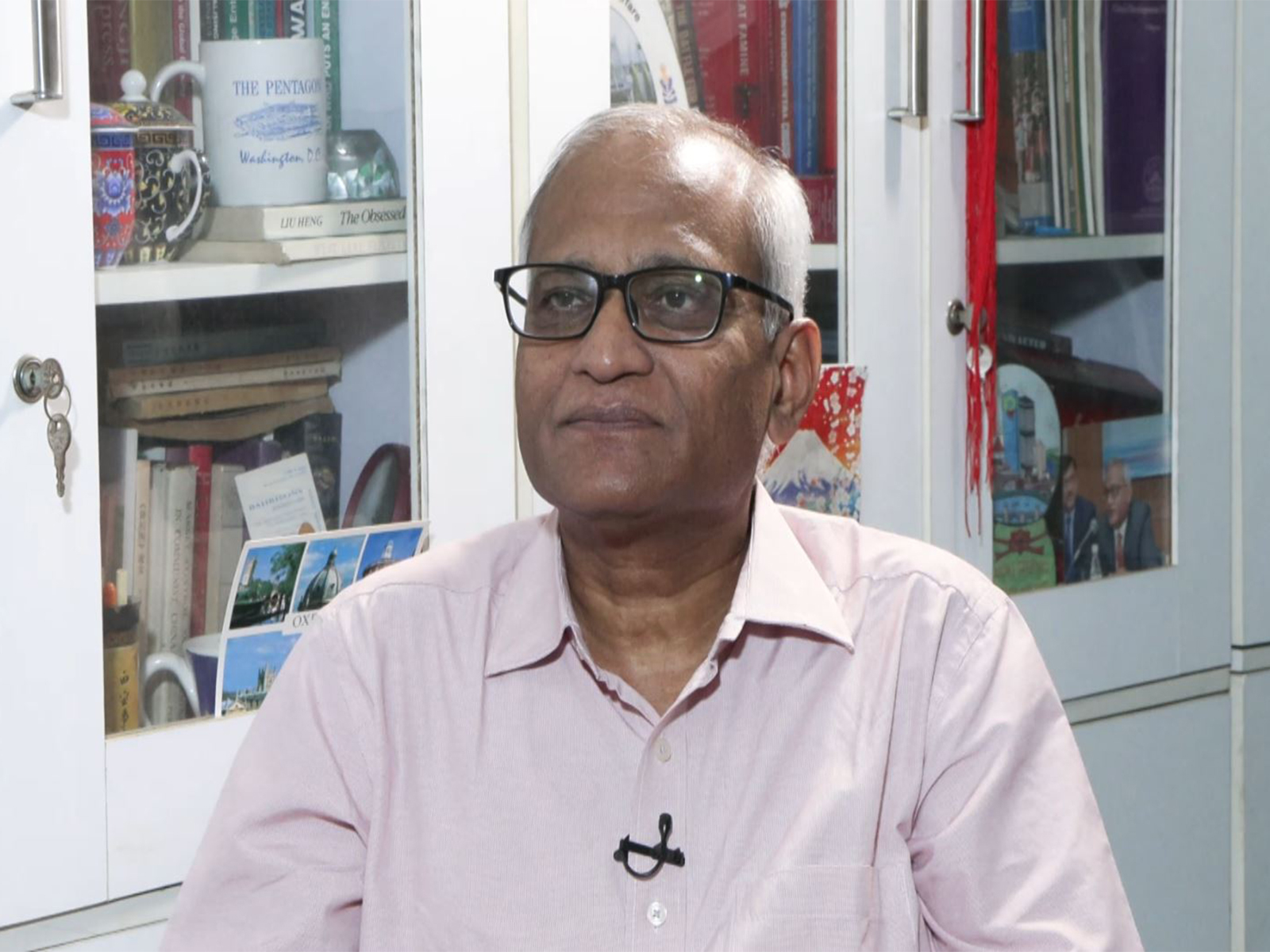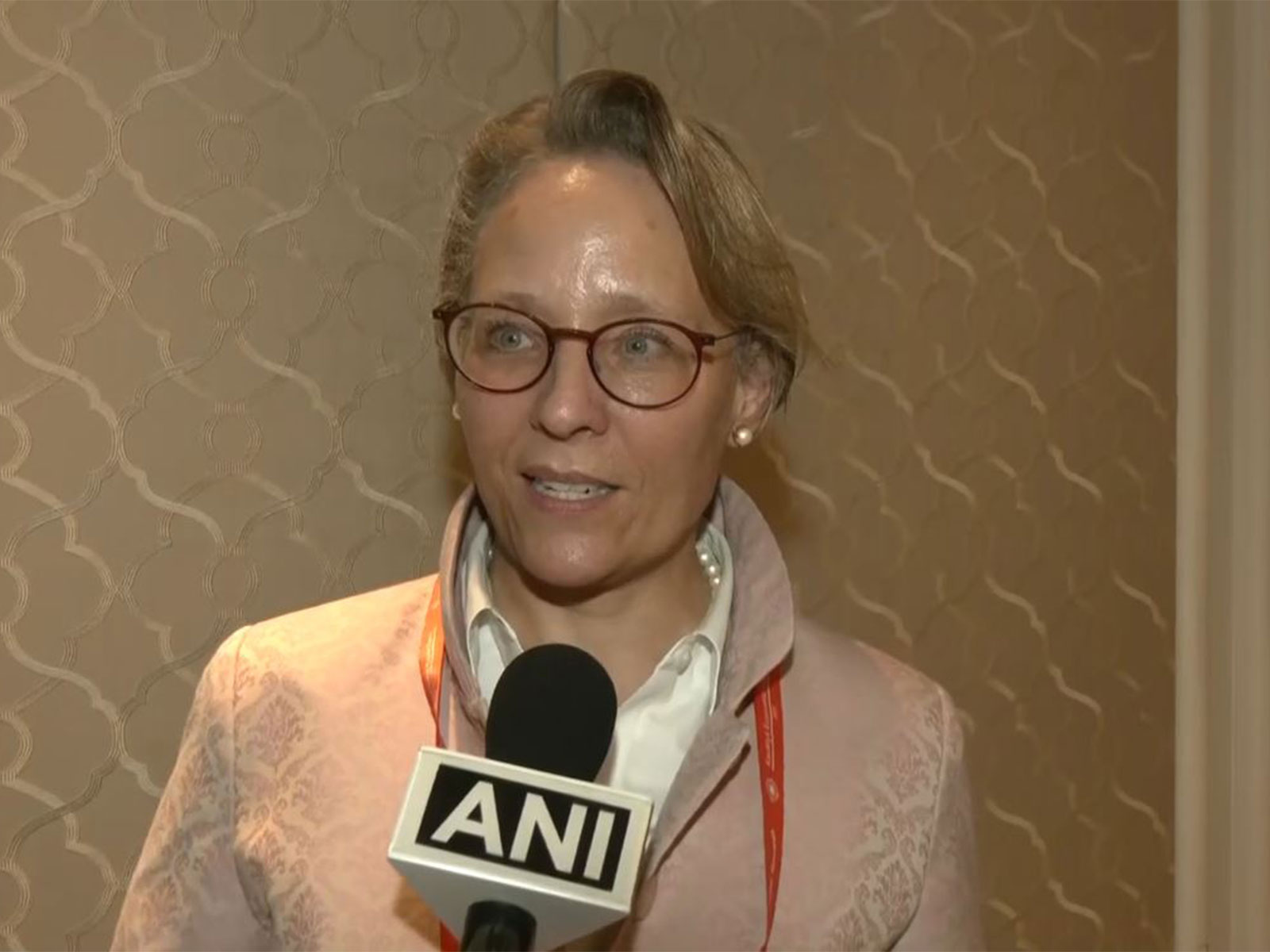
India's services and manufacturing exports offer untapped potential for foreign investors: World Bank Chief Economist
Oct 04, 2025
New Delhi [India], October 4 : India's export sectors, particularly services and manufacturing, offer significant untapped potential for foreign investors, according to Franziska Ohnsorge, Chief Economist, South Asia Region, World Bank.
"I draw attention to two opportunities for investment. One is in services exports and the other is in goods exports because it's the export industry rather than tradable industries that foreign investors tend to be interested in," she said, adding that India's strong government readiness for AI further strengthens this potential.
Speaking to ANI on the sidelines of Kautilya Economic Forum in the national capital, she noted a significant rise in computer services exports, which have grown by 30 per cent since the introduction of ChatGPT in November 2022, compared to a 10 per cent increase in overall services exports.
"Computer services exports have been soaring relative to average services exports since the introduction of ChatGPT in November 2022. So computer services exports have grown by 30 per cent, but overall services exports only by 10 per cent. There seem to be real opportunities in that sector," she added.
On the trade front, Ohnsorge stated that India's limited number of trade agreements and high tariffs on intermediate goods are holding back its manufacturing sector. She stated that if current trade negotiations succeed, they could significantly boost market access for Indian manufacturers.
"India currently has much fewer trade agreements than other emerging markets and developing economies and has higher tariffs on intermediate goods and this is something that holds back its manufacturing sector. So I'll show that if these trade agreements that are currently under negotiation materialise, it would increase the market access of India's manufacturing industry by multiples," she added.
India is engaged in active Free Trade Agreement (FTA) negotiations with numerous countries and blocs, including the UK, EU, Oman, Canada, and various Indo-Pacific Economic Framework (IPEF) partners. In addition, India-US bilateral trade negotiations are also underway.
Going further, she emphasised that India's private investment growth, though slower than its pre-pandemic pace, remains stronger than the average across other emerging markets and developing economies.
Ohnsorge highlighted that while India has seen a slowdown in private investment growth post-pandemic, it still outperforms many global peers.
"Private investment growth has slowed in India from pre-pandemic rates to post-pandemic rates. And that is the opposite of what has happened in other emerging markets and developing economies. It's the opposite of what has happened to public investment growth. But even with this slowdown, private investment growth in India is still higher than in the average for other emerging markets and developing economies. So by international standards, private investment growth is not weak. By India's standards, it's weak," she noted.
However, she pointed out that foreign direct investment (FDI) is a concern, with India's net FDI-to-GDP ratio in the bottom quartile among emerging markets.
"What is weak by international standards is FDI. The FDI to GDP ratio in India is in the bottom quartile. Net FDI. GDP ratio is in the bottom quartile of emerging markets and developing economies," she added.
